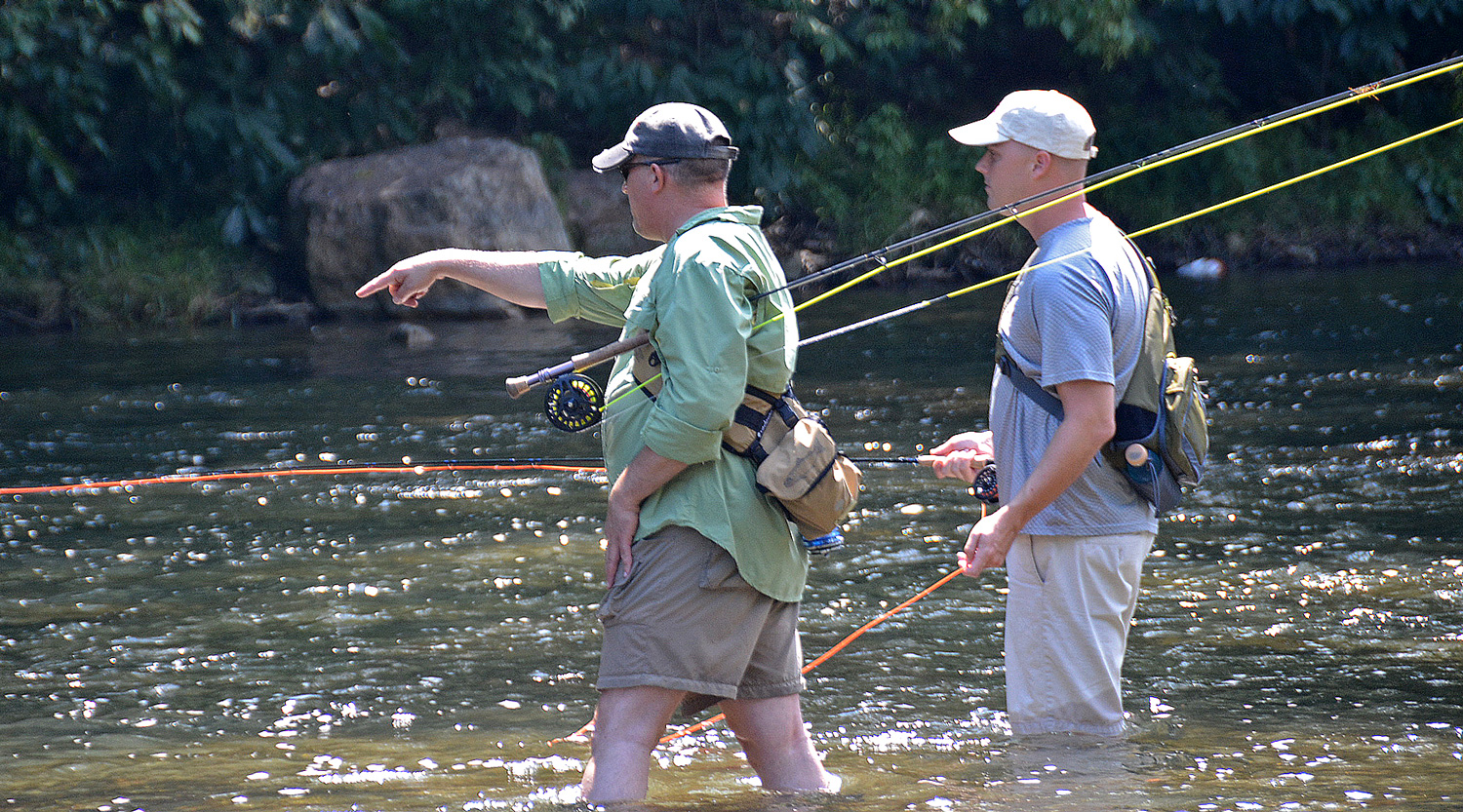Why we can’t afford to undercut habitat and access on public lands that also support outdoor recreation jobs
Whether anyone predicted it or not, the 2016 presidential election was partially won on the promise of jobs in parts of the country where it’s tough to scratch out a living. This has quickly become a conversation about putting Americans back to work modernizing our country’s infrastructure and unleashing energy development.
President-elect Trump has promised to dig deeper into untapped shale, oil, and natural gas reserves and open up onshore and offshore leasing on federal lands—the same lands where we currently enjoy public access to hunting and fishing that is the envy of the world. Many lawmakers continue to point fingers at Obama administration policies and executive actions as holding us back from energy jobs and wealth. Yet, a huge glut of oil in the world market has driven prices to levels that we as sportsmen and consumers really like when we fill up the tank for a fishing or hunting trip—that’s basic supply and demand.
Would deregulating the fossil fuel industry and “opening up” federal public lands truly solve the problem for our rural communities? Pouring more commodities into a saturated market seems an awful lot like putting all our eggs in one basket.

The truth is that commodity-based industries can fluctuate for reasons that have nothing to do with access or availability of these resources on public lands. Just ask residents of Alaska or North Dakota about their current recessions resulting from low oil and natural gas prices. At the same time that Alaska’s energy sector was tanking, the tourism industry was reporting a robust year. Job growth was flat, but the resources needed to power outdoor recreation businesses (pristine habitat and access) were at least sustainable.
We know the numbers: The outdoor industry, which includes hunting and fishing, generates at least $646 billion in direct spending and billions more in local, state, and federal tax revenues annually. Outdoor recreation—which relies heavily on public lands in the vast American West—also supports more than 6 million jobs, many that by nature cannot be exported overseas. This segment of our economy is now an officially recognized piece of our nation’s Gross Domestic Product (GDP.)
The scenario in Alaska highlights that while outdoor recreation jobs cannot be expected to replace industry jobs, the outdoor recreation economy is a stable part of the business portfolio for rural communities—it simply cannot be ignored, diminished or allowed to be impacted by commodity extraction. There has to be a balance.
Without a doubt, energy development is a legitimate use of our public lands and a vital part of our economy, but development must be done in a way that balances commodity production with conservation of fish and wildlife habitat and recreational opportunities for sportsmen. Our lawmakers should embrace the multiple-use mandate on public lands and support this balancing act.
This is why we need effective policies like the new BLM planning 2.0 rule, which requires a deeper look at planning for conservation and development well ahead of time. The trick is ensuring that better planning does not become greater bureaucracy—energy projects that make sense should not be unduly delayed. The goal must be to plan better first, avoid the most sensitive areas that have high environmental conflicts, manage and conserve important areas, and expedite development in appropriate places.
If Trump is to follow in Theodore Roosevelt’s footsteps, as he has expressed is his goal, he must start by viewing conservation as an investment with relatively safe returns for rural communities and the next generation of hunters and anglers. We hope it’s one that will appeal to his good business sense.










Energy and extractive industries must bear the cost of cleaning up their environmental disturbances. The public should not be stuck with costs of pollution and habitat restoration.